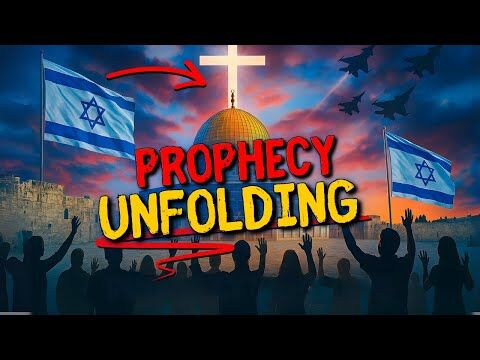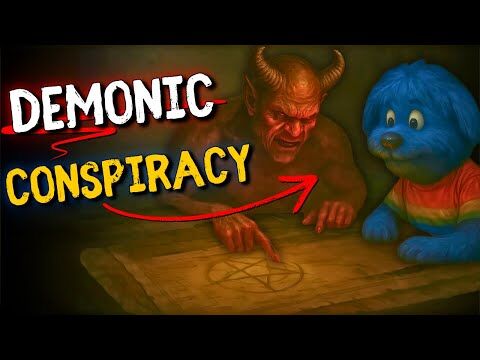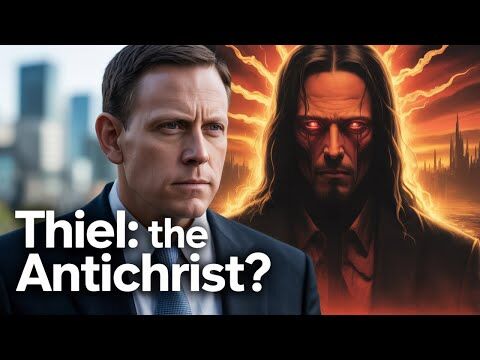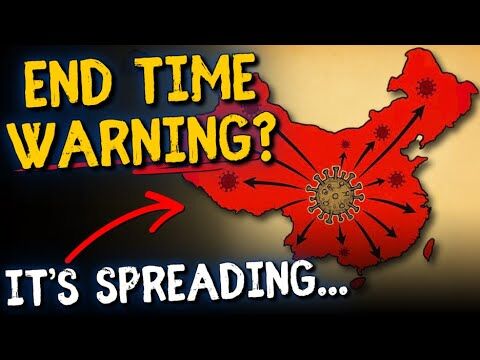Today I walked into my local supermarket to grab some lunch, and I was greeted by that familiar Salvation Army bell. I love that sound. For me, Christmas wouldn’t be Christmas without that tinkling. I always throw a few dollars into the red kettle each time I pass it because it reminds me that Christmas is about giving. And I love the warm smile and the “Merry Christmas” or “God bless you” I receive from every Salvation Army worker who is collecting donations.
But today was special because the man wearing the red Santa hat was an African-American. He’s not the first black man I’ve seen dressed as Santa. But I took special notice because our nation has been embroiled in a shamefully embarrassing argument about Santa Claus’ skin color.
In case you missed the drama, it started last week when Christopher Rougier, a ninth-grader in Rio Rancho, N.M., was told by a teacher that he couldn’t dress like Santa Claus at a school party because Santa was white. The boy’s father got upset and asked that the teacher be disciplined, and the school issued an apology saying the teacher made “a stupid mistake.”
It didn’t end there. After columnist Aisha Harris wrote that she felt racially oppressed as a child because Santa is usually depicted as white, Megyn Kelly of Fox News jumped in the fray and told viewers, “Santa is just white.” She later said she was only trying to be funny, but Fox’s Bill O’Reilly jumped in to declare, “Santa is a white person.”
I’m not sure where this strange debate will end, but it’s not going in a good direction. I want to wave my hands and call a time-out. It’s too soon after peacemaker Nelson Madela’s funeral for Americans to get so polarized—again—about race.
Are we ever going to learn to put the past behind us and accept each other?
For the record, the original Santa Claus—his real name was St. Nicholas—was a Greek bishop who lived in Turkey in the fourth century. (He probably had dark features, and he didn’t wear a red suit or ride a sleigh!) But St. Nick’s racial background is irrelevant. Over the years, his image has morphed to fit cultural styles, but Santa Claus remains an enduring symbol of Christian charity that the original St. Nicholas embodied.
The whole message of Christmas is that the Son of God came into the world to set up His kingdom in our hearts. He wants to live inside of us, regardless of our color, our economic status or our ethnic or tribal background. When Jesus was born, poor shepherds worshipped Him; later some Gentile sages visited Him. His lowly manger was their common ground. At Christ’s birth, the angels declared “on earth peace among men” (Luke 2:14, NASB). The Prince of Peace made it possible for all races to live together.
I sometimes get discouraged when I listen to the racial tension that still festers in our nation today. This year was marked not only by the Trayvon Martin trial but by the deaths of hundreds of youths killed in gang violence in Chicago and other cities. We are not a nation at peace.
Author Henry Wadsworth Longfellow felt a similar sadness in 1863, during the Civil War, when he wrote the poem “I Heard the Bells on Christmas Day.” It later became a classic hymn. Part of the song says:
And in despair I bowed my head;
“There is no peace on earth,” I said;
“For hate is strong,
And mocks the song
Of peace on earth, good-will to men!”
Then pealed the bells more loud and deep:
“God is not dead, nor doth He sleep;
The Wrong shall fail,
The Right prevail,
With peace on earth, good-will to men.”
I heard those bells today in front of a suburban grocery store, thanks to the Salvation Army. When I saw a black Santa collecting money for people who don’t have food, I saw the real miracle of Christmas. It was a simple reminder that the peace of Jesus, and the love and generosity He puts in our hearts, will one day win out over hatred, racism, terrorism, exploitation and injustice.
I pray you will hear those bells during this holiday season. Share His love. Spread His peace. And don’t forget to drop some money in the red kettle.
J. Lee Grady is the former editor of Charisma and the director of the Mordecai Project. You can follow him on Twitter at @leegrady. He is the author of Fearless Daughters of the Bible and other books.






























































